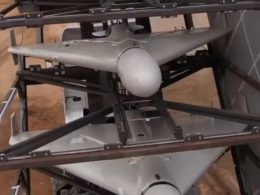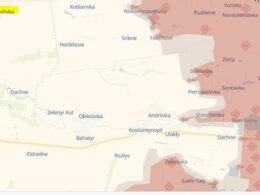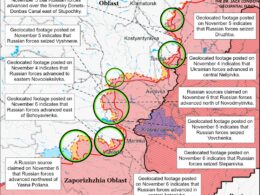Ukraine's top military commander, Oleksandr Syrskyi, has revealed Russia's strategy to intensify offensives and expand combat operations aimed at exhausting Ukrainian forces before the arrival of F-16 fighter jets. According to Syrskyi, Russian forces understand that Ukraine's air defenses will be significantly strengthened with the addition of F-16s, reducing Russia's chances of success.
Since 10 May, an active Russian offensive has unfolded in northern Kharkiv Oblast, but Ukraine's President Volodymyr Zelenskyy noted at the 16 June Peace Summit that the situation has improved due to the efforts of Ukrainian soldiers.
Syrskyi stated that for nearly a week, he has been working on the eastern front with various defense groups holding positions at critical sections of the frontline. He noted that the nature of the Russian actions has not changed substantially, with the main Russian efforts currently focused on the Pokrovske direction in Donetsk Oblast, where the majority of their strike brigades and regiments are concentrated.
Intense battles are ongoing in the areas of Hlyboke, Chasiv Yar, Staromayorske, Robotyne, Krynky, in Donetsk and Zaporizhzhia Oblasts, and the islands in the coastal part of the left bank of the Dnipro River near Kherson City. Syrskyi emphasized that the Russian command is currently making every effort to increase the intensity and broaden the geography of combat operations to maximize the exhaustion of Ukrainian troops, disrupt reserve preparations, and prevent Ukraine from transitioning to active offensive actions.
Related:
- Military: Ukraine repels Russian armored attacks near Chasiv Yar
- Romania to finance training of Ukrainian pilots on F-16 fighter jets at Fetesti air base
- ISW: Ukraine targets Russian air defenses ahead of anticipated F-16 deliveries
- Ukrainian military undergoing structural changes for improved efficiency, army chief says
- Greek media: First foreign instructor for use of F-16 arrived in Ukraine
- Daily Russian strikes in Zaporizhzhia Oblast rise from 200 to 500 since February, regional authorities say





